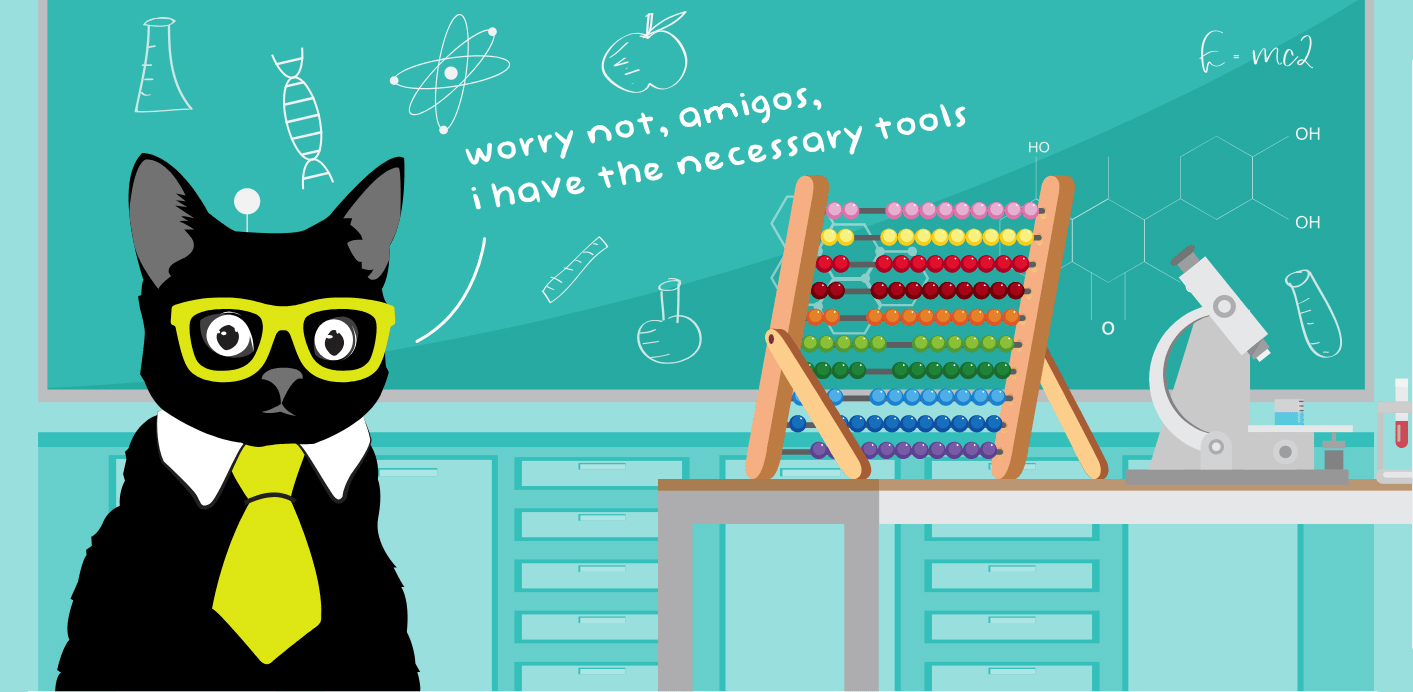NPS is one of the key metrics for tracking how satisfied customers are with the product or service provided. Almost one-third of support teams track this metric and aim to keep it as high as possible.
Ready to join them?
We thought so. Welcome to the guide on NPS score, where you’ll learn what it is, how to measure it, and how to improve it.

What is NPS?
Have you ever received a questionnaire asking how likely you are to recommend a certain product or service?
Congrats, you took part in an NPS survey.
The Net Promoter Score is calculated based on a short customer survey, just like the one mentioned above.

How to calculate Net Promoter Score (NPS)?
To measure NPS, you have to ask your customers one simple question:
On a scale of 0-10, how likely are you to recommend our product/service to a friend or colleague?
Based on the responses, customers are categorized into three groups: Promoters (9-10), Passives (7-8), and Detractors (0-6). The Net Promoter Score is then calculated by subtracting the percentage of Detractors from the percentage of Promoters.
The resulting number ranges from -100 to 100, with a higher score indicating a higher likelihood of customer recommendation.
Net Promoter Score calculation:
([Number of Promoters – Number of Detractors] / Number of total responses) x 100 = NPS (%)

Why measure Net Promoter Score?
Tracking the Net Promoter Score is about creating happier customers, which in turn leads to increased customer loyalty, paw-sitive word-of-mouth recommendations, and ultimately, business growth.
Put on your thinking cat for a moment. If you ask your customers if they would recommend your product or service to others, you can figure out how happy and likely they are to keep coming back. It’s one of the easiest ways to measure satisfaction and foster a deeper understanding of customer needs and preferences.
Plus, Net Promoter Score surveys can also be a source of valuable feedback. Once you understand why (and how many) customers are your brand advocates and what keeps the rest of them becoming ones, you can identify and prioritize potential improvements to your products or services.
Finally, Net Promoter Score is an important metric for benchmarking performance against competitors. By tracking your company’s NPS score over time and comparing it to industry averages, you can identify opportunities to differentiate yourself and gain a competitive advantage.
If that’s something you’re interested in, keep reading to find out what the NPS benchmark for customer service teams is.

Net Promoter Score (NPS) benchmark
Once you calculate Net Promoter Score, you can compare it to the industry average.
According to the latest Customer Service Quality Benchmark Report, the NPS benchmark for 2023 is 47.
How did your score do? If it could use some improvement, we have a few ideas.

How to improve NPS?
If you’ve just compared your Net Promoter Score to the benchmark above and got a feeling that your customer satisfaction leaves a lot to be desired, we’ve got your back.
Here’s your 6-step guide to improving Net Promoter Score in your company:
1. Dig deeper into NPS feedback
First things first: dig deeper into customer feedback to understand what your Promoters, Passives, and Detractors really think.
The harsh truth is that only a fraction of your customers will leave feedback. So, whenever you receive a response to an NPS survey, make sure to make the most out of it.
Ask unhappy customers about what went wrong. You can either set up an automated follow-up survey flow targeted at your Detractors or reach out to each one of them personally. This, of course, depends on your capacity and support volume.
Don’t forget about your Promoters, too. Many teams focus only on negative feedback and don’t ever thank the users who rewarded them with a positive Net Promoter Score.
The least you can do is feature these comments in your marketing communications, and pass them on to the support reps who earned your loyal customers’ praise.

2. Understand what causes low NPS
When customers have a paw-sitive experience with your company, they’re more likely to recommend you to others. On the contrary, those who feel frustrated, ignored, or undervalued are less likely to do so, which can drag down your Net Promoter Score.
It seems “easy” to blame support teams for low Net Promoter Scores. But, in many cases, customer support reps are not entirely responsible — the quality of your products, feature roadmap, or shipping policy can also contribute to unhappy customers.
Before you have a chat with your support team, make sure you understand what actually causes low NPS in your company. This brings us to the next point…
3. Pair NPS with IQS
External quality metrics like NPS or CSAT only tell you half of the story.
They indicate how happy your customers are with your services or products. But, they don’t mention anything about your support reps following internal guidelines when responding to customer queries.
To get the full picture, start reviewing support conversations and track your Internal Quality Score (IQS). It’s a customer support metric that shows how well your team is performing based on internal quality standards that you set yourself.
If you notice low NPS, internal reviews can help you get to the bottom of the issues.

4. Add self-reviews to the mix
Peer-to-peer reviews, manager reviews, QA agent reviews — if you’re serious about reviewing support interactions, you have a lot of options to choose from.
Even though tracking IQS by managers, QA specialists, or other support reps in the team has multiple benefits, it turns out that self-assessment can be a powerful weapon when improving your Net Promoter Score.
Research by P. Gloor et al. proved that exposing team members to their own communication patterns does, indeed, result in increased customer satisfaction.
Support reps who participated in so-called “agent mirroring sessions” were asked to observe their own communication patterns and modify the way they interact. Reflecting on their previous interactions helped them gain control over communication with customers and change it for the better:
- Reduced language complexity;
- Decreased Average Response Time;
- Shift towards more stable interactions;
- And, as a result, Improved NPS.
By reviewing their own scores and conversations, your support reps can reflect on what they did during that interaction that may have had a positive or negative impact on the customer experience. They can also identify patterns in their own scores over time to help identify areas where they may need additional coaching or training.
5. Hold regular feedback sessions with your support reps
As mentioned, not all the NPS feedback will be directly related to customer service quality.
Still, in order to keep your team in shape, you need to organize regular feedback sessions for your support reps. These sessions offer a chance for the whole team to reflect on what’s working and what’s not in terms of satisfaction.
In the spirit of self-assessment: One thing you can try is encouraging reps to share specific examples of customer interactions that, in their opinion, went well or that could have been handled better. Finding possible solutions to increasing Net Promoter Scores together can be a valuable exercise for everyone involved.

6. Track your team’s progress over time
One of the most important steps you can take in improving your NPS score is to track changes over time. This way, you can identify trends in your customer loyalty & satisfaction levels and determine whether your strategies for improvement are actually working.
On that note, make sure you’re tracking Net Promoter Score changes over a long enough timeframe to identify meaningful trends. By looking at quarterly or yearly tendencies, you can get a better sense of whether the strategies you’re using to improve customer satisfaction are having a lasting impact or if you need to make additional changes.
Keep in mind that improving satisfaction is a long-term, company-wide strategy that takes a lot of dedicated time and effort. With the right strategy and software in place, you can stay on top of customer feedback and make data-driven decisions to improve your NPS and build customer loyalty.
Net Promoter Score (NPS) limitations
There’s no doubt that Net Promoter Score is a valuable metric to track. But, one of its biggest limitations are limited scope and lack of context.
NPS score only measures a customer’s likelihood to recommend the product or service, not their actual experience.
A customer might say they’re likely to recommend a company, but that doesn’t necessarily mean that they’re completely satisfied with the customer experience. Similarly, a customer might be completely satisfied with their experience but not be likely to recommend the company to someone else for various reasons.
It also doesn’t capture the factors that influence customer satisfaction, such as product quality, pricing, or customer service. If a customer gives a low Net Promoter Score, it’s hard to know exactly what aspect of the experience they weren’t happy with. Without following up on received feedback, you won’t be able to make any specific improvements.

What’s more, Net Promoter Score results can be biased by the way the question is asked or the sample of customers who respond. For example, if you ask the question immediately after a positive interaction with customer service, the results may be skewed towards higher scores.
Finally, it’s important to remember that the NPS score for any given company can vary widely depending on the industry and other external factors. Comparing NPS across different industries or companies can be challenging due to differing customer expectations.
So, while NPS is a useful tool to get a quick read on customer loyalty & satisfaction, keep in mind its limitations and use it along with other metrics and feedback methods to get a full picture of how customers perceive your company.

Ready to improve your Net Promoter Score (NPS)?
By now, you should already know that improving your Net Promoter Score (NPS) is essential for increasing cat-isfaction. If you need any help once you’re at it, consider the following:
- Dig deeper into customer feedback and understand what truly causes low NPS scores;
- Consider pairing your Net Promoter Score with IQS to get the full picture of how your support team is performing:
- Add self-reviews to the mix to empower your support reps and involve them in improving NPS ratings;
- Finally, don’t forget to celebrate high scores and turn positive feedback into marketing & sales ammunition.
Ultimately, every key metric has its limitations. If your goal is to improve customer satisfaction and support quality, try measuring different metrics like NPS, CSAT, and IQS at the same time.
30% of customer service professionals say that improving key support metrics was a struggle for them in 2022. They probably don’t track and analyze customer satisfaction data with Klaus.


